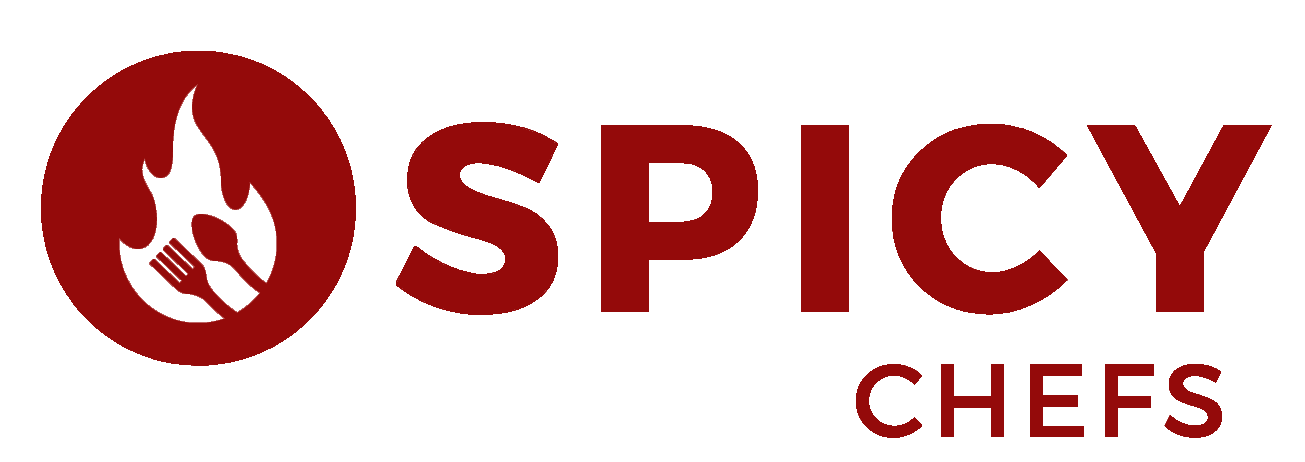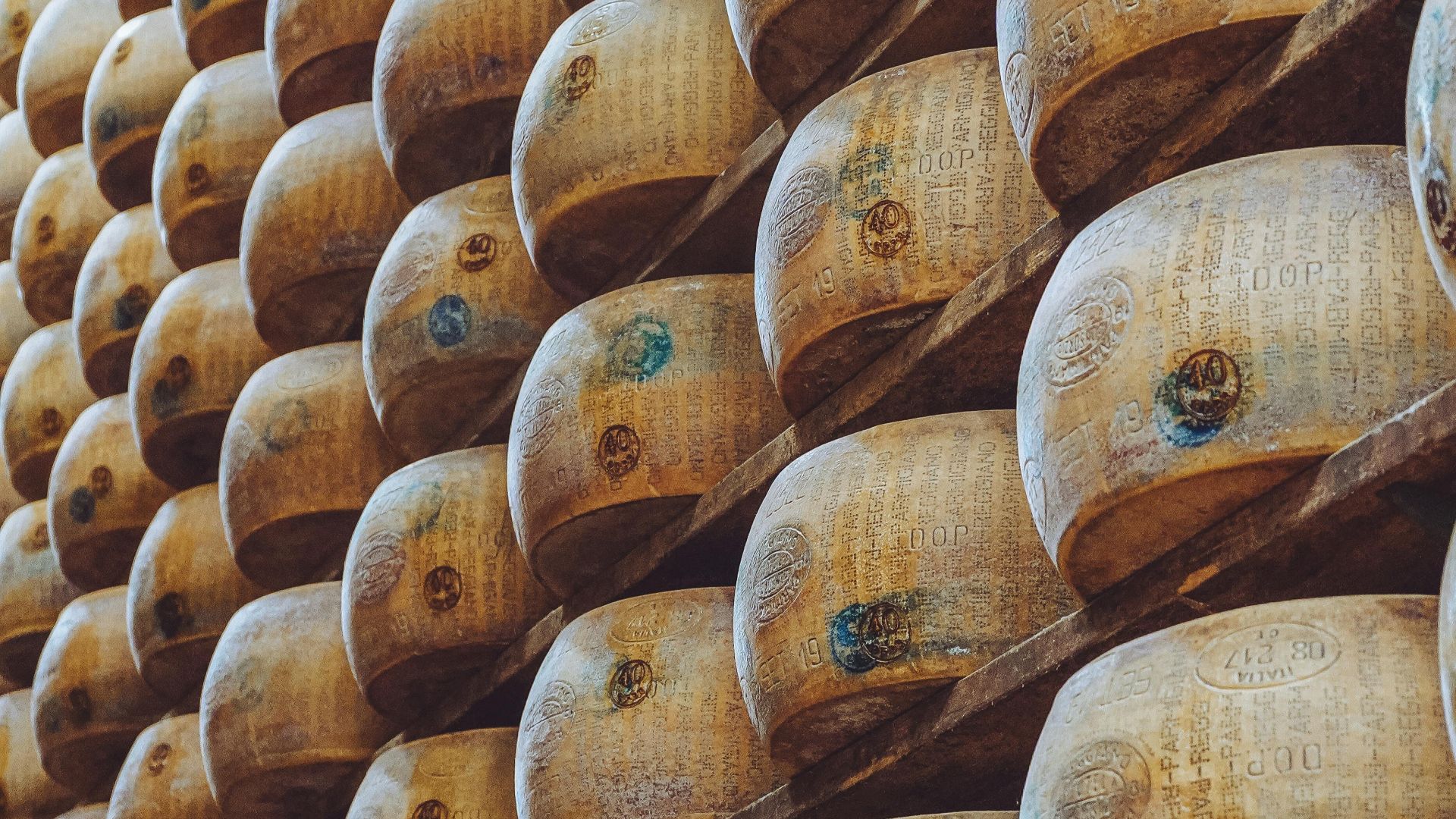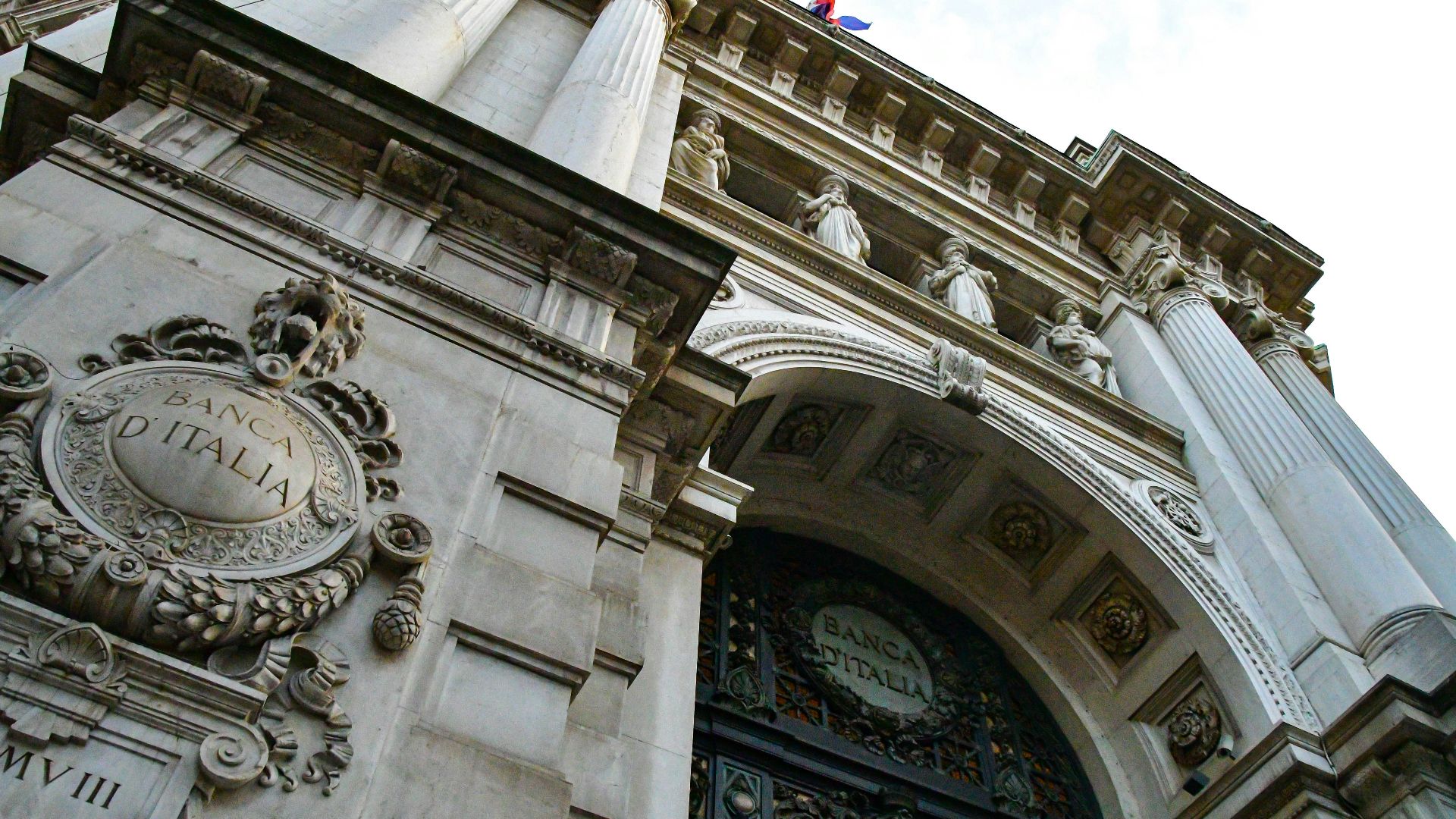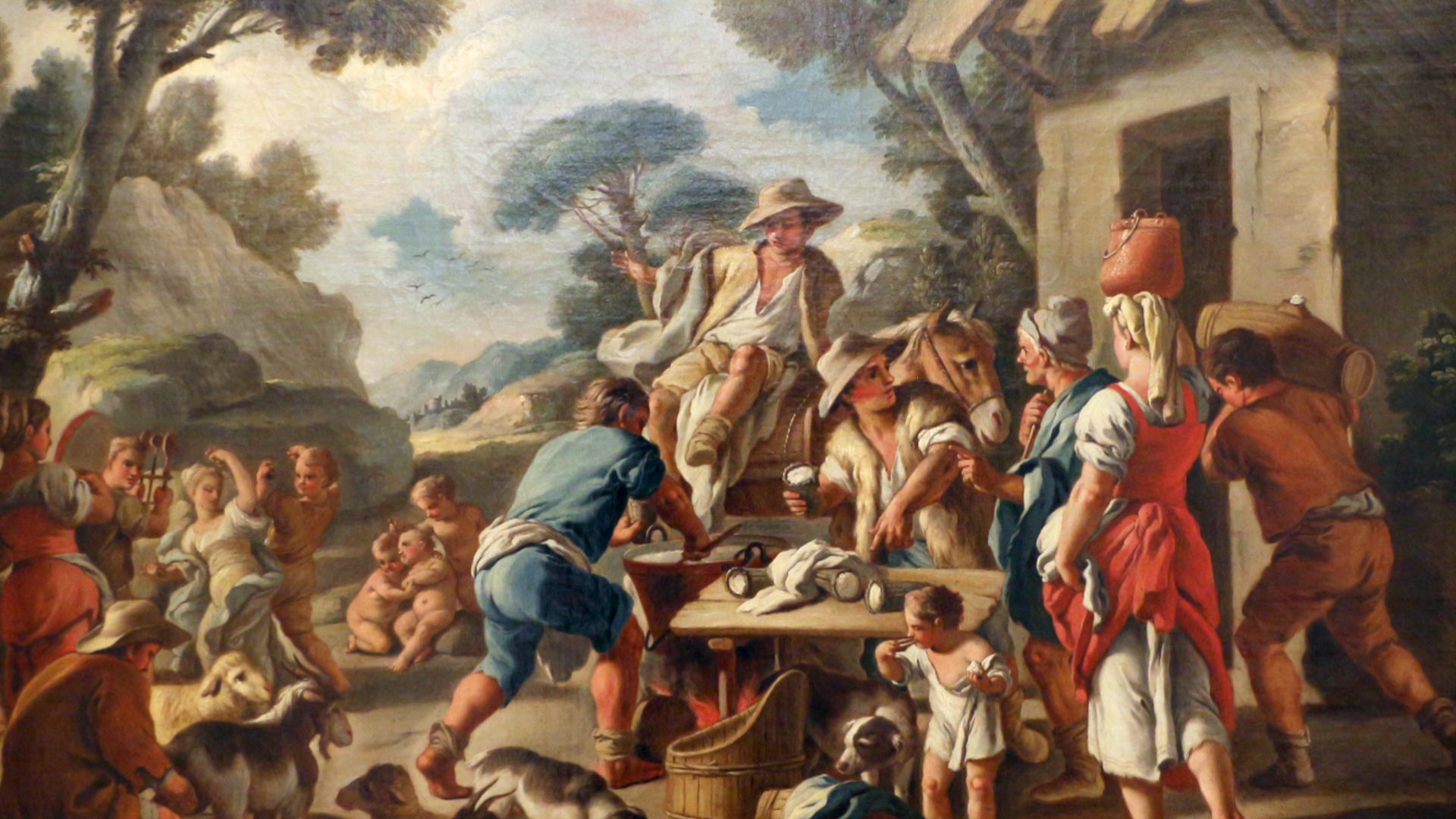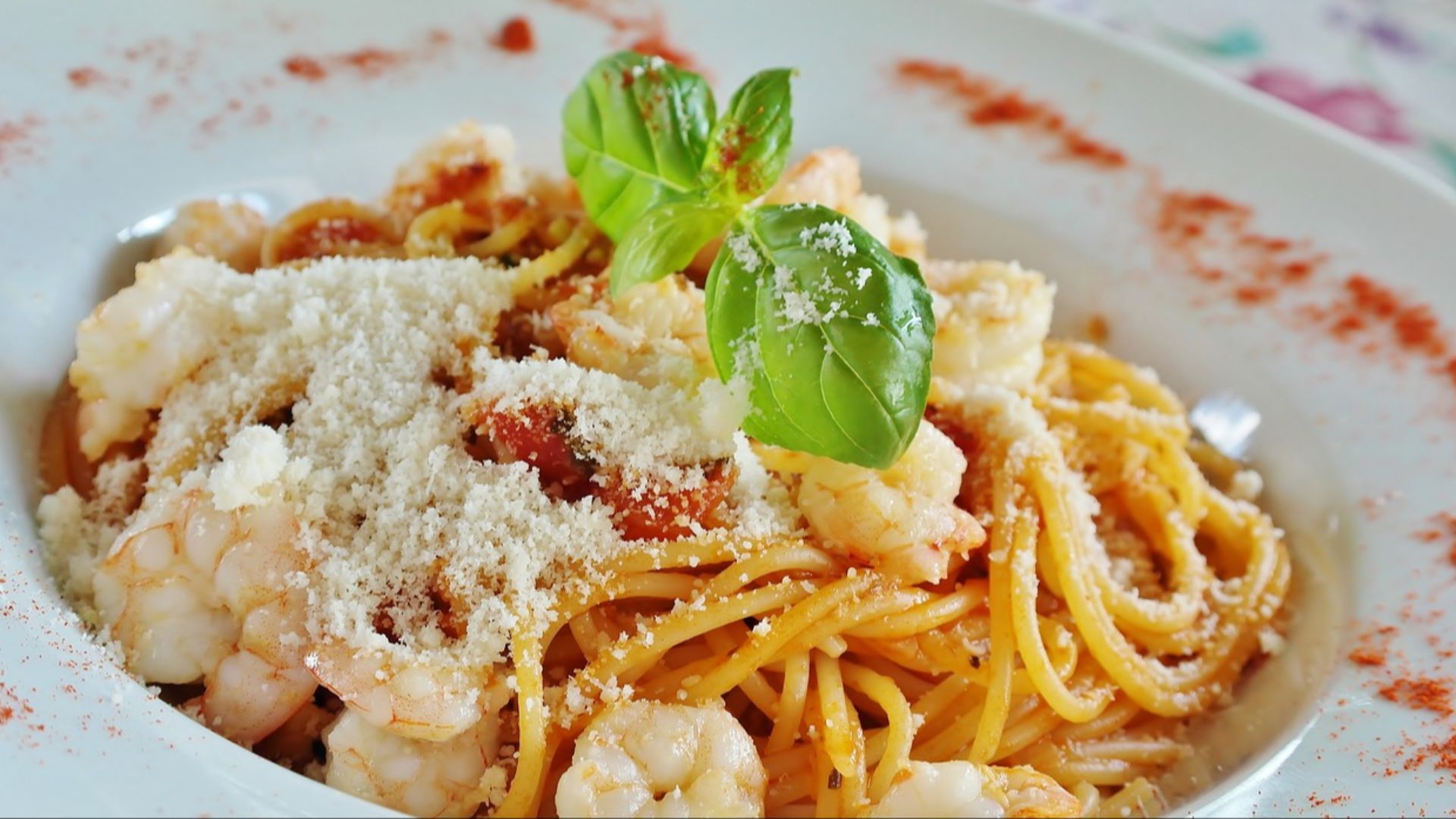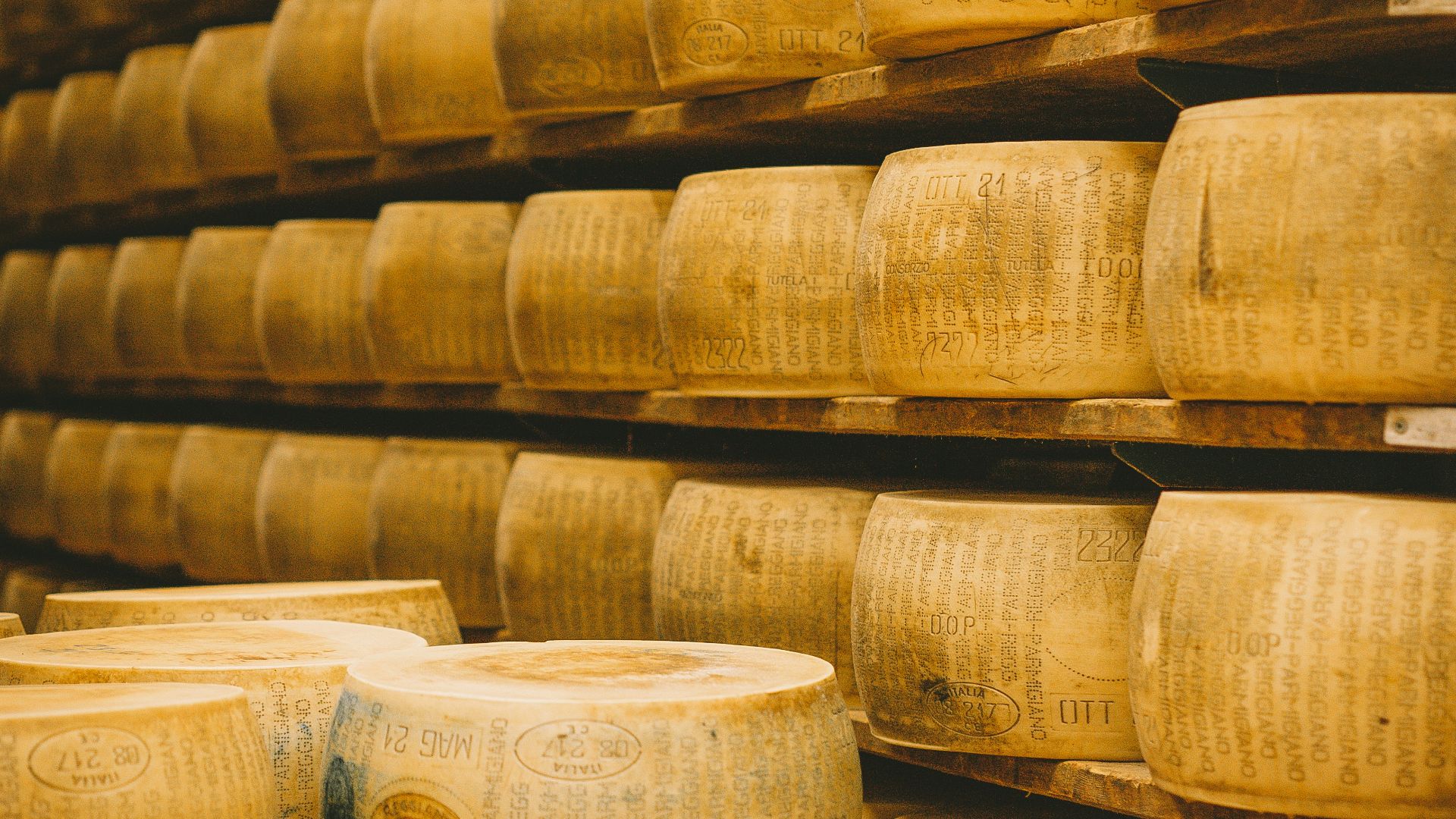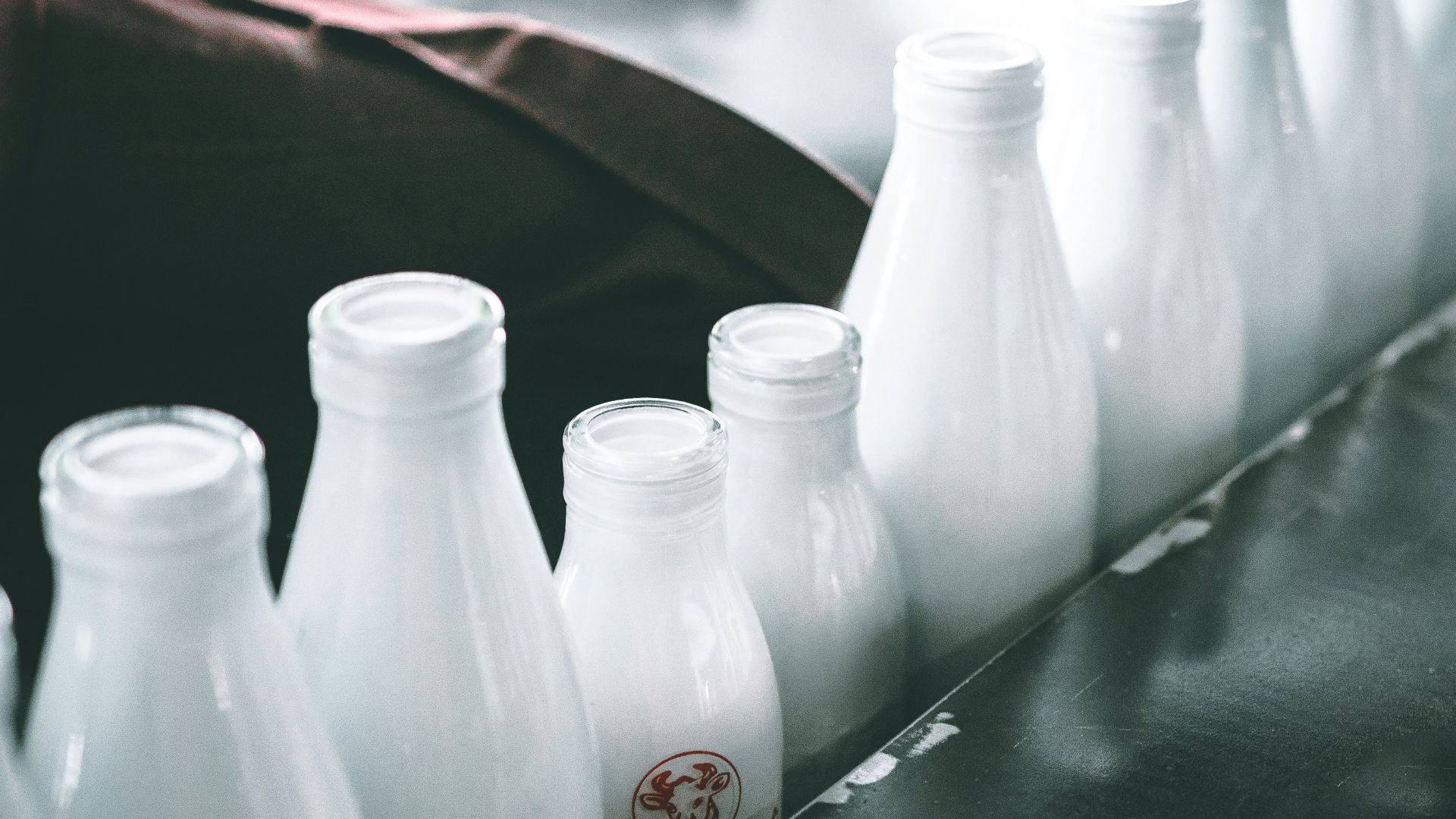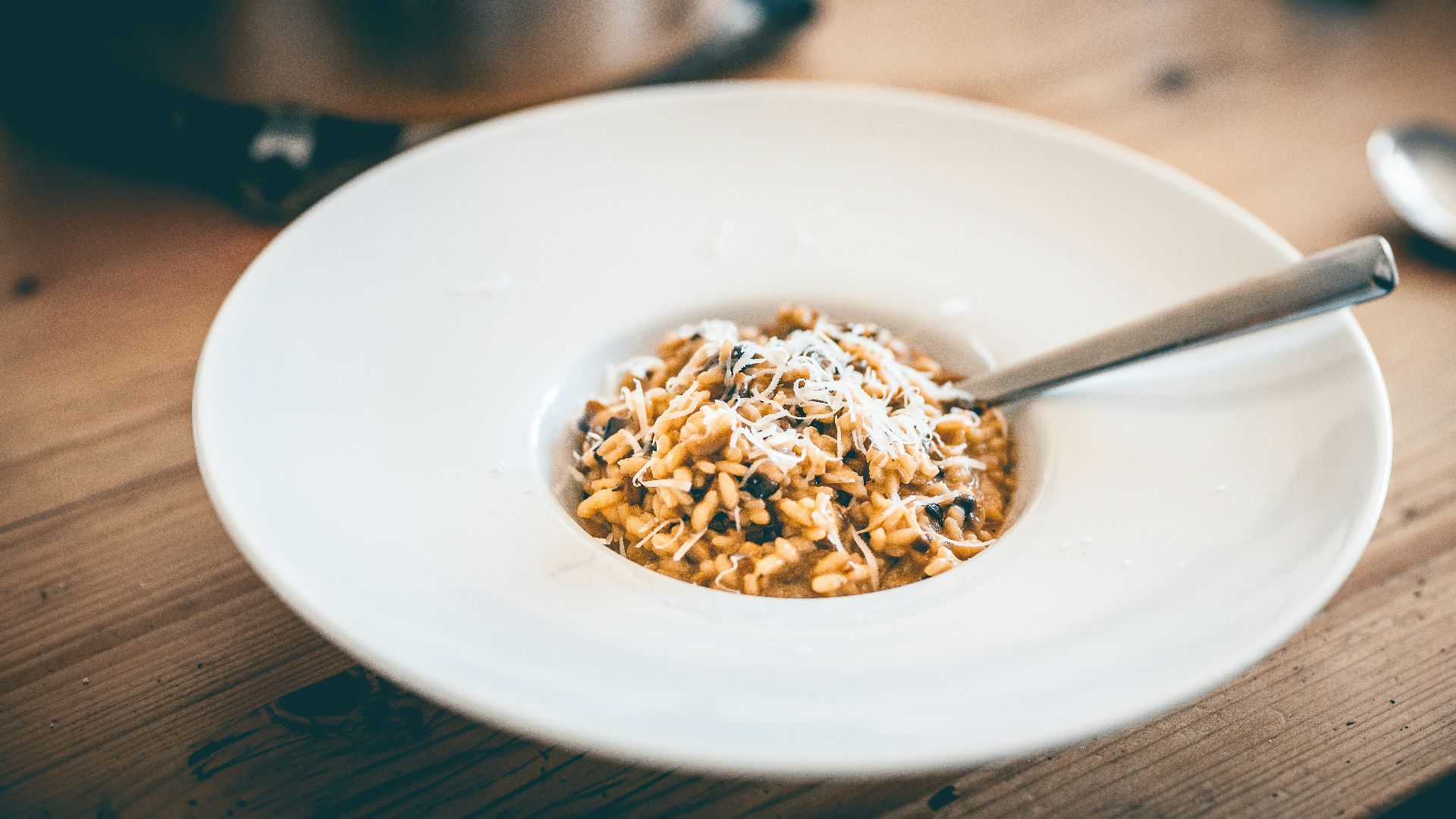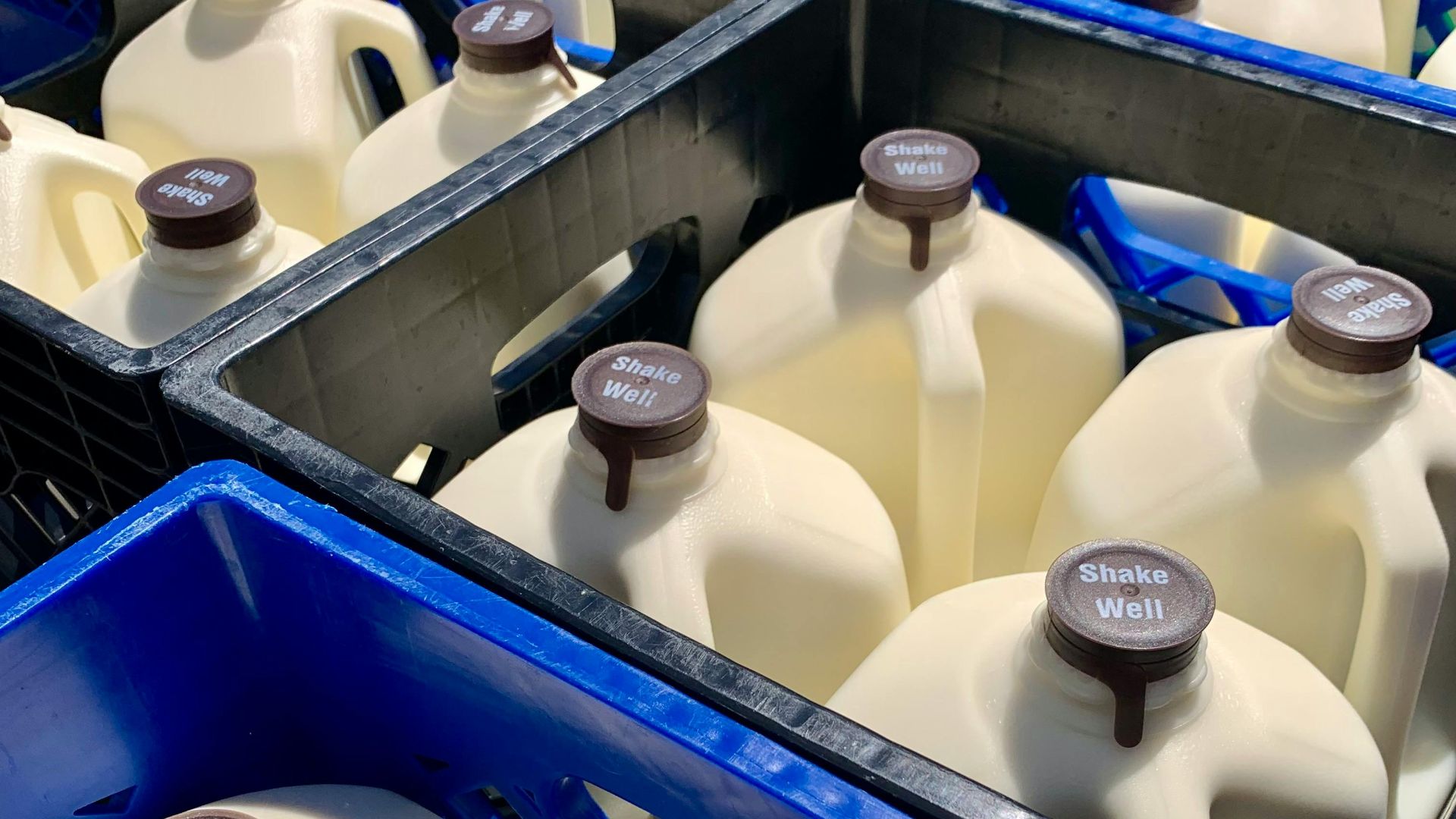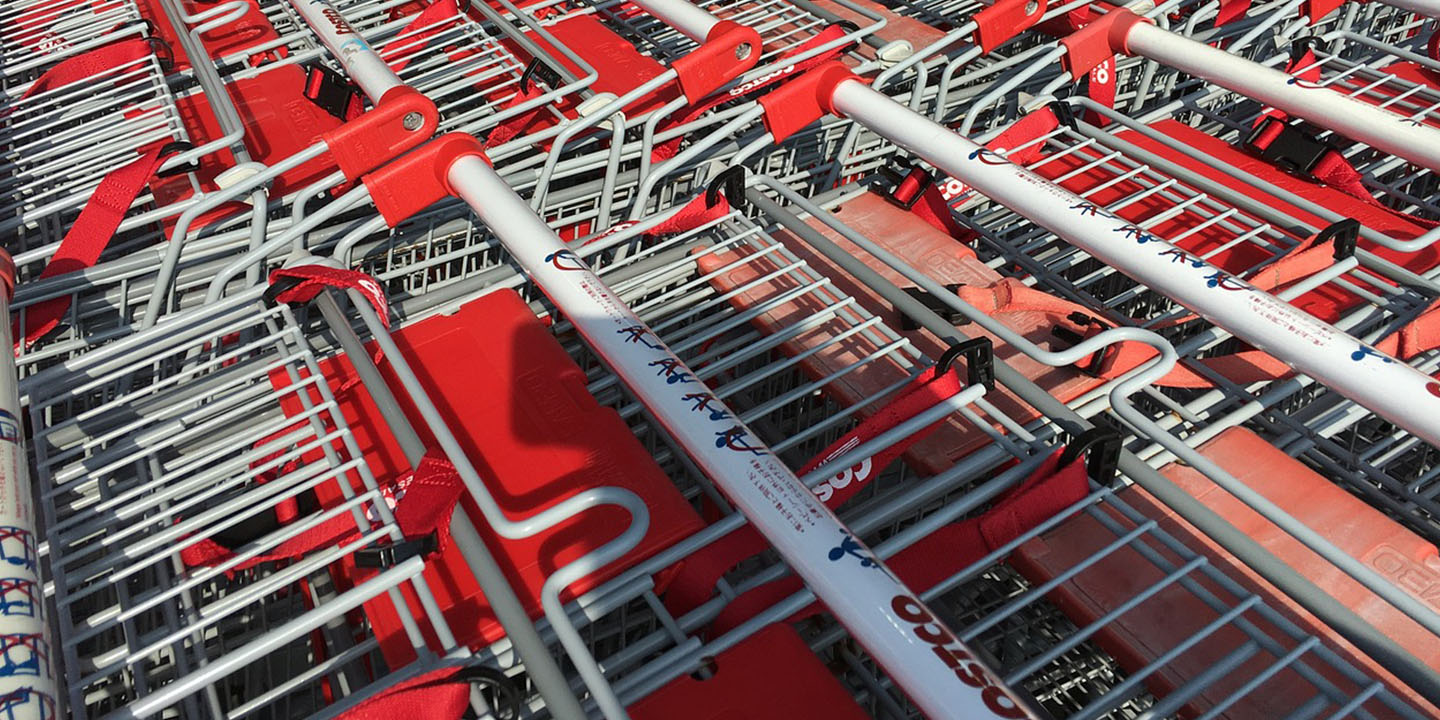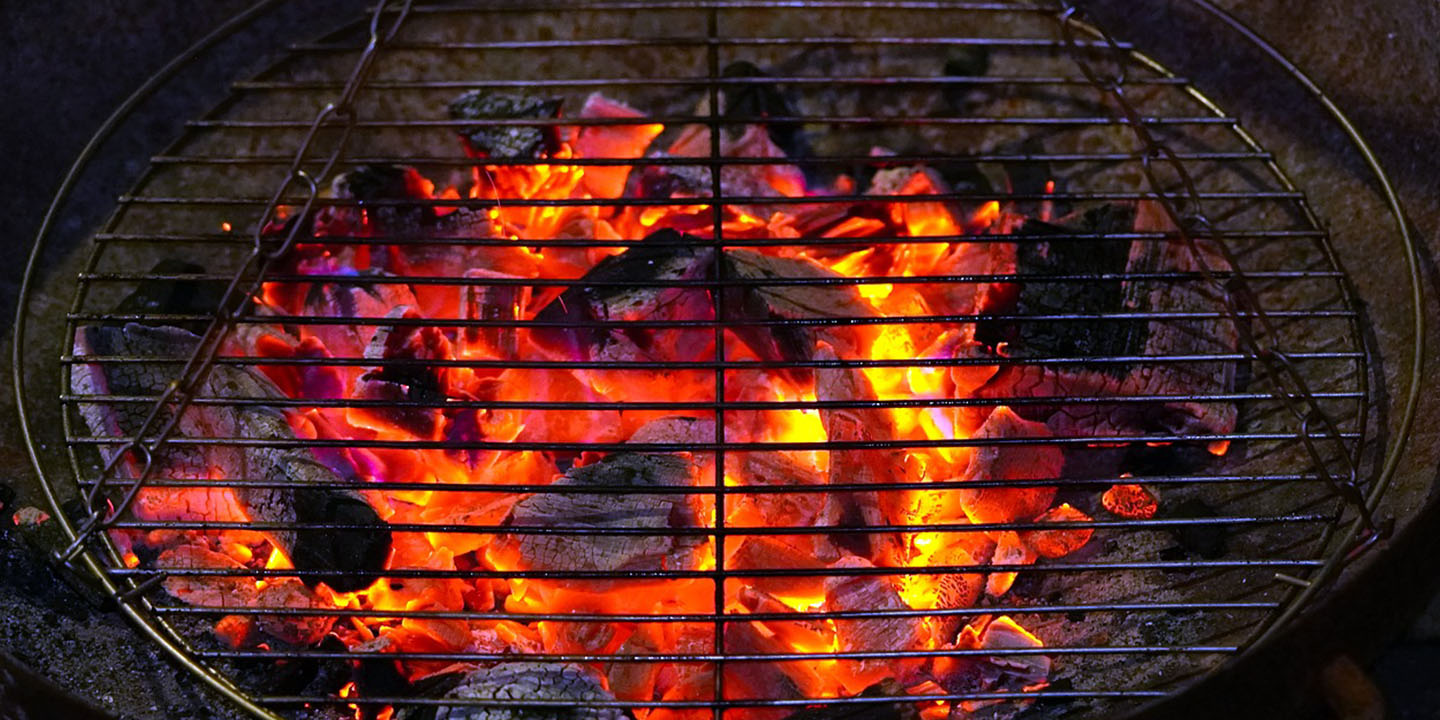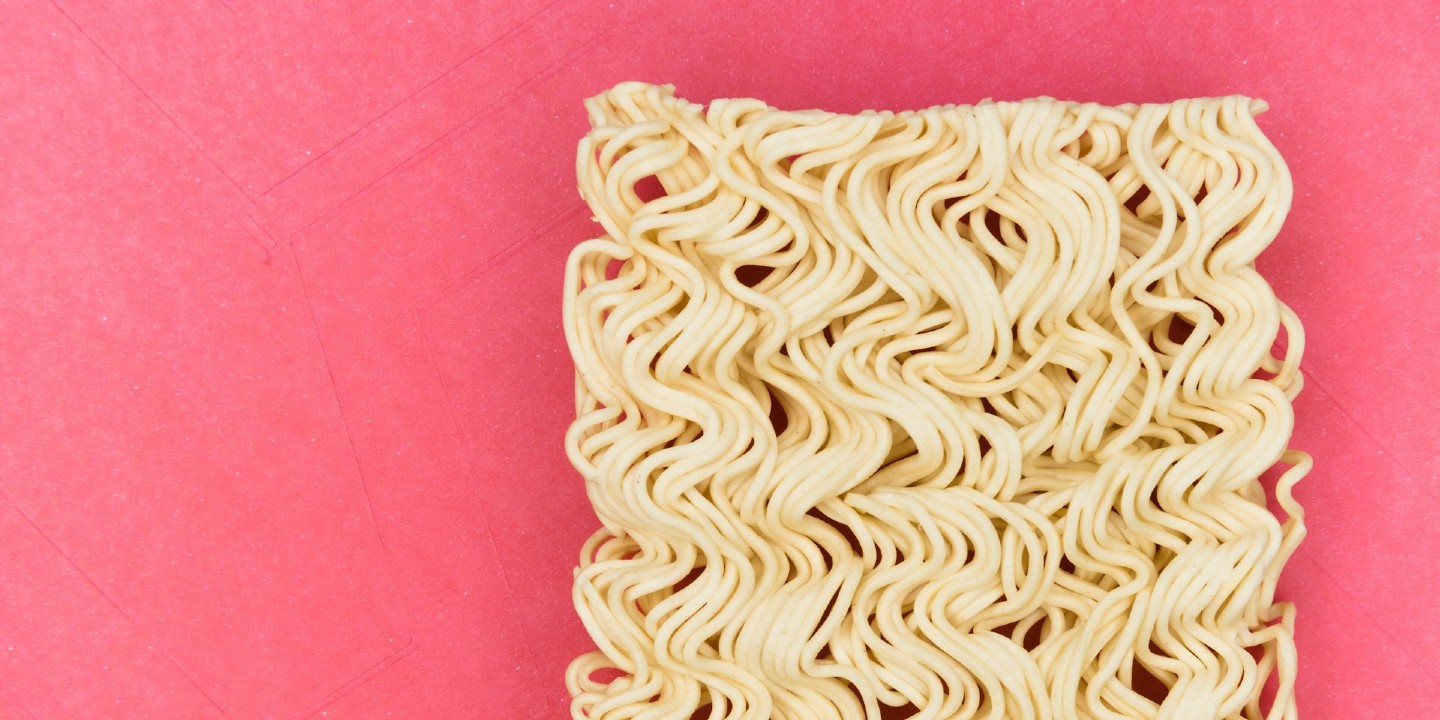The King Of Cheese: 20 Facts You Didn't Know About Parmigiano Reggiano
How Much Do You Know About The Prized Cheese Of Italy?
Other than "it tastes good on pasta," how much do you know about Parmigiano Reggiano? Steeped in centuries of tradition, it's easily one of the most famous cheeses in the world. An astounding amount of time, labor, and precision goes into making a wheel of the stuff, which then must undergo various layers of quality control before it can be adorned with that coveted label. The resulting rich, nutty, slightly sweet, and herbaceous cheese we know and love makes all those exacting steps worth it. Here are 20 facts you may not know about Parmigiano Reggiano, the king of cheeses.
1. It's Legally Protected
Just like champagne or chianti, Parmigiano Reggiano is a legally protected food. This means that in order to be called Parmigiano Reggiano, it can only come from certain provinces of Italy and can only be made using traditional methods.
2. It Has A Minimum Aging Time
Parmeggiano Reggiano has to age for at least 12 months and up to 70 months. The longer it ages, the deeper the flavor, with the very old ones exhibiting intense nuttiness and even spicy notes.
3. It Has To Pass A Test
It's not easy to be Parmesan cheese-y. Before they're certified Parmeggiano Reggiano, the wheels are tested by an expert called a Battitore who taps them with a specially-designed hammer, listening for certain sounds that tell them if the cheese has aged properly.
4. It Can Be Traced
Each wheel of Parmeggiano Reggiano is given a unique code that traces its origin and production date like a passport. The code even gives information about the dairy it was made from.
 Leonhard_Niederwimmer on Pixabay
Leonhard_Niederwimmer on Pixabay
5. It Can Be Used As Currency
You might not want to try making bill payments with Parmeggiano Reggiano in the US just yet, but in Italy, it's a totally legitimate form of currency. Some Italian banks accept it as collateral for loans.
6. There's A Special Knife For It
Just like there's a special knife for steak and soft cheeses like brie, Parmigiano Reggiano has its own special knife known as a "tagliagrana." It has an almond-shaped blade specifically designed to break and split the cheese into pieces rather than slice it.
7. The Rinds Are Edible
Have you been throwing away your Parmeggiano Reggiano rinds this whole time? As the rinds look like they might have wax or plastic in them, a lot of people make this mistake, but they're actually naturally formed in the aging process, and they impart a rich umami flavor. You can also throw them into sauces and soups to give them more depth of flavor.
8. It Has A Long History
Parmeggiano Reggiano has been made exactly the same way for 900 years. Production of the cheese began in medieval times by Benedictine monks who were looking for a way to preserve fresh milk, finding that this method of aging large wheels of hard cheese gave it the greatest shelf life.
9. It's Frequently Counterfeited
Because it's so coveted and expensive ($20 to $30 a pound), Parmeggiano Reggiano is one of the most counterfeited food products, despite being legally protected. Fakesters try to pass off other types of cheese with lesser-quality ingredients as Parmigiano Reggiano but they lack the authenticity marks and unique tracking codes of the real thing.
10. Each Wheel Weighs 80-90 Pounds
Parmeggiano Reggiano is a hefty cheese, each wheel weighing 80 to 90 pounds! That may sound heavy, but when compared to soft cheeses like brie or cream cheese, Parmigiano Reggiano is lighter in volume because it's lower in moisture content.
11. It Has Nutritional Benefits
Instead of reaching for a protein bar, eat a square of Parmigiano Reggiano. 100 grams of it contains more than 32 grams of protein. It's also rich in calcium, B vitamins, zinc, and omega-3 fatty acids.
12. Glutamate Gives It Its Unique Flavor
Parmeggiano Reggiano is high in an amino acid called glutamate, which is responsible for that distinct umami flavor. Glutamate is formed naturally during the aging process when proteins are broken down into free amino acids.
13. Napoleon Loved It
Napoleon Bonaparte was a known Parmigiano Reggiano fan. He was introduced to it by his wife, Maria Luisa and allowed for the production of it to continue after he invaded Italy. He especially enjoyed it with green beans.
14. It Doesn't Contain Lactose
Parmigiano Reggiano doesn't contain lactose like other cheeses, meaning it's safe for those with lactose intolerance to eat. During fermentation, bacteria break down the lactose into lactic acid.
15. There’s a Cheese Consortium
You know Italy takes Parmigiano Reggiano seriously when they created an official body responsible for its regulation, protection, and promotion. The Parmigiano Reggiano Cheese Consortium is in charge of quality control, certification, setting production standards, fighting counterfeits, and promoting it worldwide.
 Internet Archive Book Images on Wikimedia
Internet Archive Book Images on Wikimedia
16. Each Wheel Is Branded
Each authentic wheel of Parmigiano Reggiano has the name stamped in pin-dot writing repeatedly across the surface of the rind. It also has a unique ID number and, since 2024, an edible microchip that traces the cheese's entire journey using blockchain technology.
17. It's Made From Two Types Of Milk
Both fresh whole milk and skimmed milk from the previous evening are used in the cheese. The partially-acidified skimmed milk from the night before mixed with the rich day-of milk helps to create the characteristic flavor of Parmigiano Reggiano.
18. The Milk It's Made With Is Super Fresh
Milk from nearby dairies are delivered twice daily to the cheesemakers to ensure strict freshness and maintain the long-standing tradition. There are no additives, and only unpasteurized milk is used in the cheese.
19. It's Made With Only Three Ingredients
Only three ingredients can be found in Parmegiano Reggiano: cow's milk, salt, and rennet (enzymes found in the stomach of calves). The milk must be from grass-fed local cows and absolutely no additives are allowed. This three-ingredient rule is strictly enforced by the Cheese Consortium.
20. It Takes A Lot Of Milk To Produce
To produce one wheel of Parmigiano Reggiano requires about 114 gallons of milk! Where does all that milk go? The moisture gets removed in the cooking and aging process, concentrating all that rich flavor into the hard cheese we know and love.
